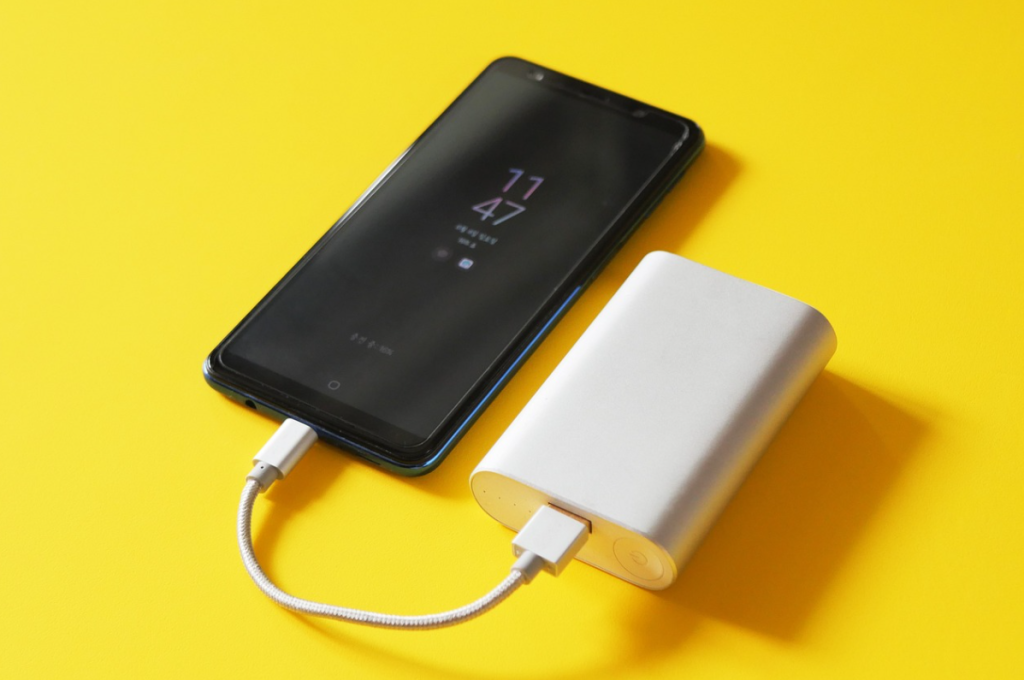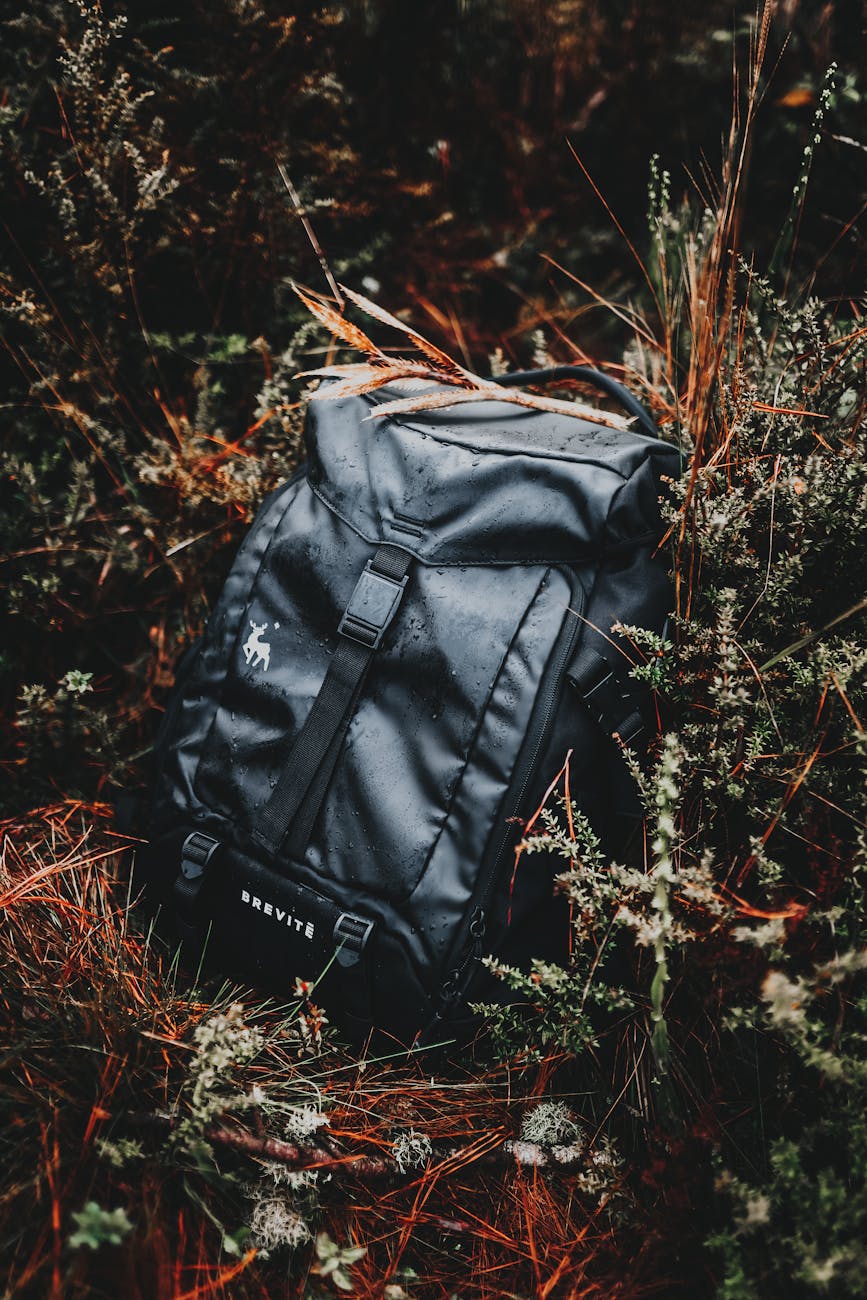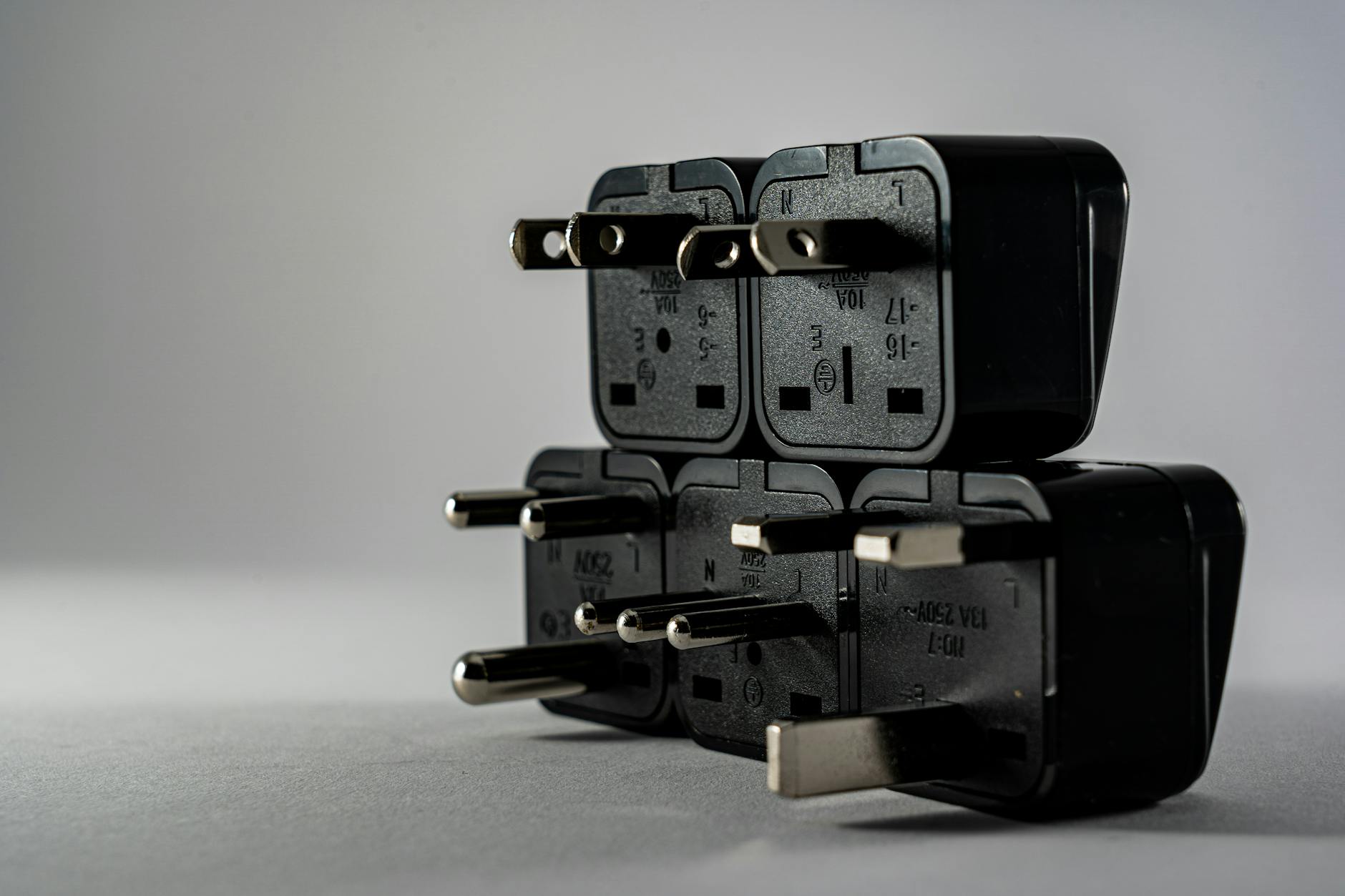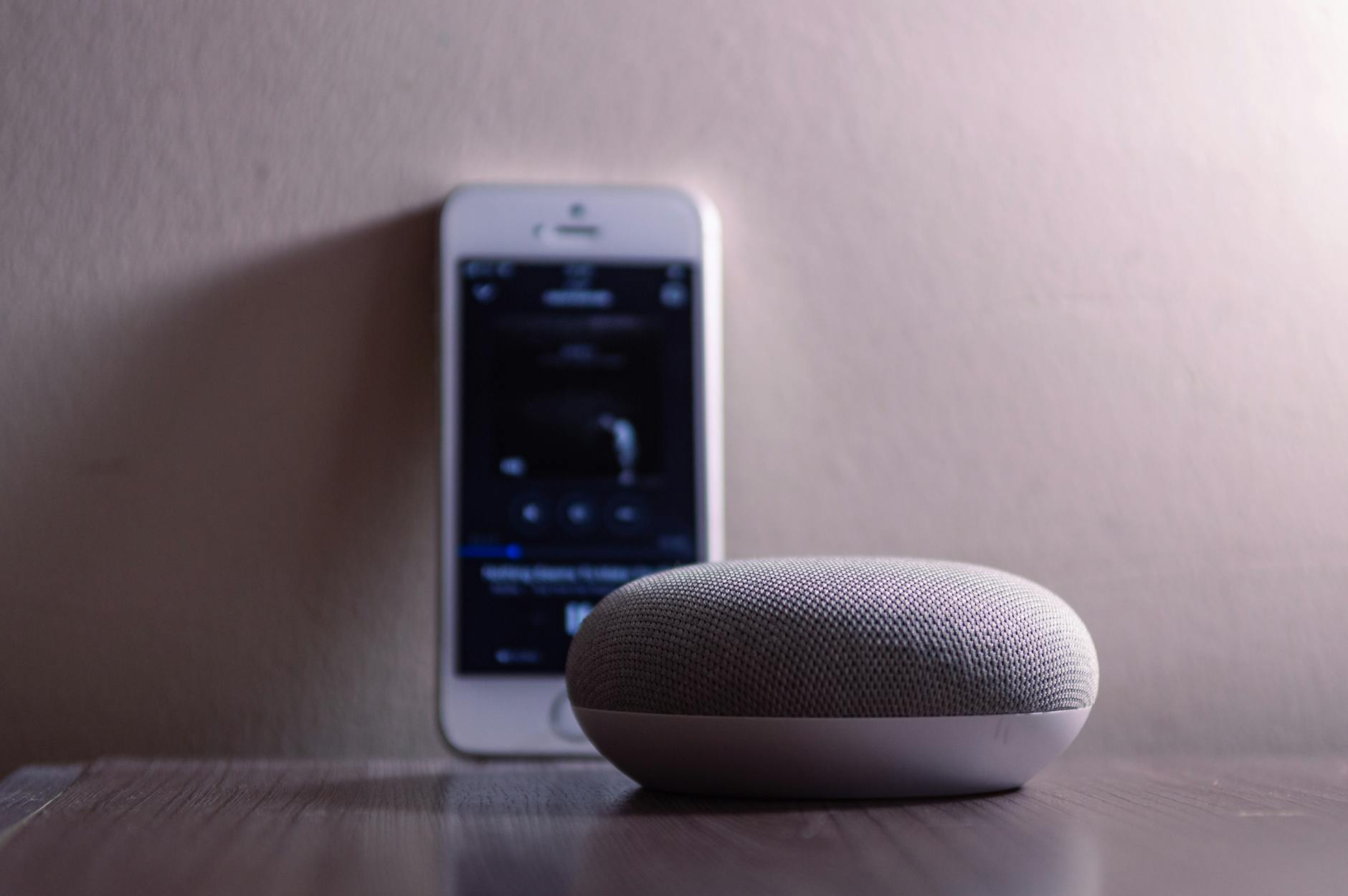Imagine you’re halfway up a mountain, your phone’s battery is flashing red, and you need GPS to navigate back to camp. Panic sets in—unless you’ve got a trusty portable power bank tucked in your backpack. In 2025, power banks aren’t just gadgets; they’re lifelines for outdoor adventurers. Whether you’re hiking, camping, or backpacking, these compact powerhouses keep your devices alive. This article dives into the best portable power banks for outdoor adventures in 2025, analyzing their features, performance, and suitability for the wild. Let’s explore why you need one and which models stand out.
Why You Need a Power Bank for Outdoor Adventures
When you’re out in the wilderness, a dead device isn’t just inconvenient—it can be dangerous. Power banks ensure your phone, GPS, or headlamp stays functional, no matter how far you roam. They’re like the spare tire of your outdoor gear: you hope you won’t need it, but you’re glad it’s there. In 2025, power banks have become essential for adventurers who rely on tech for navigation, photography, or staying connected.
The Role of Power Banks in Safety and Convenience
Picture this: you’re lost in the backcountry, and your phone’s your only way to call for help or check a map. A power bank keeps your lifeline active. Beyond safety, they’re convenient for charging cameras to capture that sunrise or powering a speaker for campfire tunes. With devices draining faster in cold weather, a power bank is your insurance against a dead battery.

Evolving Technology in Power Banks
Power banks have come a long way from bulky, slow-charging bricks. In 2025, they’re lighter, faster, and tougher. Features like USB-C Power Delivery (PD), wireless charging, and rugged, waterproof designs make them perfect for outdoor use. Some even integrate solar panels for off-grid charging. These advancements mean you can carry more power without weighing down your pack.

Key Features to Look for in an Outdoor Power Bank
Not all power banks are built for the outdoors. You need one that can handle rain, drops, and long treks. Here’s what to prioritize when choosing a power bank for your adventures.

Capacity and Power Output
Capacity, measured in milliampere-hours (mAh), determines how many times you can charge your devices. A 10,000mAh power bank can charge a smartphone about two to three times, while a 20,000mAh model handles multiple devices over days. Power output, measured in watts, matters for charging laptops or tablets—look for at least 18W for fast charging.

Durability and Weather Resistance
Outdoor power banks need to survive the elements. An IP67 rating means a power bank is dustproof and can withstand submersion in water up to one meter for 30 minutes. Rugged designs with shock-absorbing materials protect against drops on rocky trails. If you’re hiking in rain or dust, durability is non-negotiable.

Portability and Weight
Every ounce counts when you’re backpacking. A lightweight power bank (under 300g) is ideal for day hikes, while heavier models (around 500g) suit multi-day trips. Balance capacity with weight—20,000mAh might sound great, but it’s like carrying a brick if you’re ultralight.

Charging Options and Versatility
Versatility is key. Look for power banks with USB-C and USB-A ports to charge multiple devices. Wireless charging is handy for cable-free convenience, and solar compatibility is a bonus for off-grid adventures. Pass-through charging lets you charge the power bank and devices simultaneously, saving time.

Top Portable Power Banks for 2025
After analyzing reviews, testing data, and user feedback, here are the top five power banks for outdoor adventures in 2025. Each excels in specific scenarios, from ultralight hikes to rugged expeditions.
Anker Nano 10,000mAh
The Anker Nano 10,000mAh is a pocket-sized powerhouse. Weighing just 215g, it’s perfect for day hikes or minimalist backpackers. Its built-in USB-C cable eliminates the need for extra cords, and 30W Power Delivery charges phones in under an hour. While it lacks an IP rating, pairing it with a dry bag makes it trail-ready. Pros: Compact, fast-charging, affordable. Cons: Not waterproof, limited capacity for long trips.

BioLite Charge 80 PD
The BioLite Charge 80 PD (20,000mAh) is a favorite for multi-device users. Its fast-charging USB-C port (18W) powers tablets and phones simultaneously, and its durable, grippy design withstands rough handling. At 465g, it’s a bit heavy but ideal for weekend camping. Pros: Versatile ports, rugged build. Cons: Heavier than competitors.

Goal Zero Venture 75
For extended treks, the Goal Zero Venture 75 (19,200mAh) shines. Its IP67 rating ensures it’s dustproof and waterproof, and a built-in flashlight adds utility. At 580g, it’s hefty but justifies its weight with four to five phone charges. Pros: Waterproof, high capacity. Cons: Slower charging speed.

Nestout 15,000mAh Outdoor Battery
The Nestout 15,000mAh is built for extreme conditions. With an IP67 rating and shock-absorbing bumpers, it laughs off rain and drops. Its 350g weight strikes a balance for backpackers, and USB-C PD delivers quick charges. Pros: Ultra-durable, lightweight for capacity. Cons: Slightly pricier.

UGREEN Nexode 25,000mAh
The UGREEN Nexode 25,000mAh is the go-to for power-hungry devices like laptops. Its 165W output and LiFePO4 battery (lasting over 3,000 cycles) make it a beast for multi-day trips. A built-in LED screen and flashlight add practicality, though its 600g weight suits car camping more than ultralight hikes. Pros: Massive capacity, durable. Cons: Heavy, expensive.

Comparing the Top Models
Here’s a quick comparison of the top five power banks:
| Model | Capacity (mAh) | Weight (g) | IP Rating | Price (USD) |
|---|---|---|---|---|
| Anker Nano | 10,000 | 215 | None | $40 |
| BioLite Charge 80 | 20,000 | 465 | IPX5 | $100 |
| Goal Zero Venture 75 | 19,200 | 580 | IP67 | $120 |
| Nestout Outdoor | 15,000 | 350 | IP67 | $90 |
| UGREEN Nexode | 25,000 | 600 | IPX5 | $150 |
How to Choose the Right Power Bank for Your Adventure
Picking the right power bank depends on your adventure’s demands. Are you day-hiking or thru-hiking? Charging a phone or a laptop? Here’s how to decide.
Day Hikes vs. Multi-Day Backpacking
For day hikes, a 5,000–10,000mAh power bank like the Anker Nano is enough for one or two phone charges. Multi-day backpacking calls for 15,000–25,000mAh models like the Nestout or UGREEN Nexode to power multiple devices over days. Match capacity to trip length.

Budget Considerations
You don’t need to break the bank for a good power bank. The Anker Nano offers great value at $40, while premium models like the Goal Zero Venture 75 justify their cost with durability. Set a budget but prioritize features like IP ratings for outdoor use.

Tips for Using Power Banks in the Outdoors
A power bank is only as good as how you use it. Follow these tips to get the most out of your device.
Charging and Maintenance
Charge your power bank fully before heading out, and recharge it immediately after trips to avoid deep discharge. Store it in a cool, dry place to preserve battery life. Avoid charging in extreme heat or cold, which can degrade performance.

Protecting Your Power Bank in Harsh Conditions
Even rugged power banks need care. Use a dry bag or protective case for non-waterproof models like the Anker Nano. Keep ports covered to prevent dust or water ingress, and avoid dropping heavy models like the UGREEN Nexode on hard surfaces.

The Future of Portable Power Banks
What’s next for power banks? Expect more solar-integrated models for sustainable charging and eco-friendly materials to reduce environmental impact. Lighter, higher-capacity batteries and faster charging protocols like PD 3.1 are on the horizon, making power banks even more essential for adventurers.

Conclusion
In 2025, portable power banks are must-haves for outdoor adventures, keeping your devices powered and your mind at ease. From the compact Anker Nano to the rugged Nestout, there’s a model for every trip. Consider your needs—capacity, durability, weight—and choose a power bank that fits your adventure style. Don’t let a dead battery ruin your next hike or camping trip. Grab one of these top picks and hit the trail with confidence.
FAQs
1. How do I know what mAh capacity I need for my trip?
Estimate your devices’ battery sizes (e.g., a smartphone is ~3,000–4,000mAh). For a day hike, 5,000–10,000mAh is enough; for multi-day trips, aim for 15,000–25,000mAh.
2. Are solar-powered power banks reliable for outdoor use?
Solar power banks like the Hiluckey are great for extended off-grid trips but charge slowly in cloudy conditions. They’re best as a backup, not a primary charging method.

3. Can I take a power bank on a plane?
Yes, power banks up to 27,000mAh (100Wh) are allowed in carry-on luggage per TSA rules. Always check airline regulations before flying.

4. How do I protect my power bank from water damage?
Choose an IP67-rated model like the Goal Zero Venture 75, or use a dry bag for non-waterproof models. Keep ports sealed when not in use.

5. Are expensive power banks worth it for casual hikers?
For casual hikers, affordable models like the Anker Nano ($40) are sufficient. Expensive models are better for frequent adventurers needing durability and high capacity.
















Leave a Reply